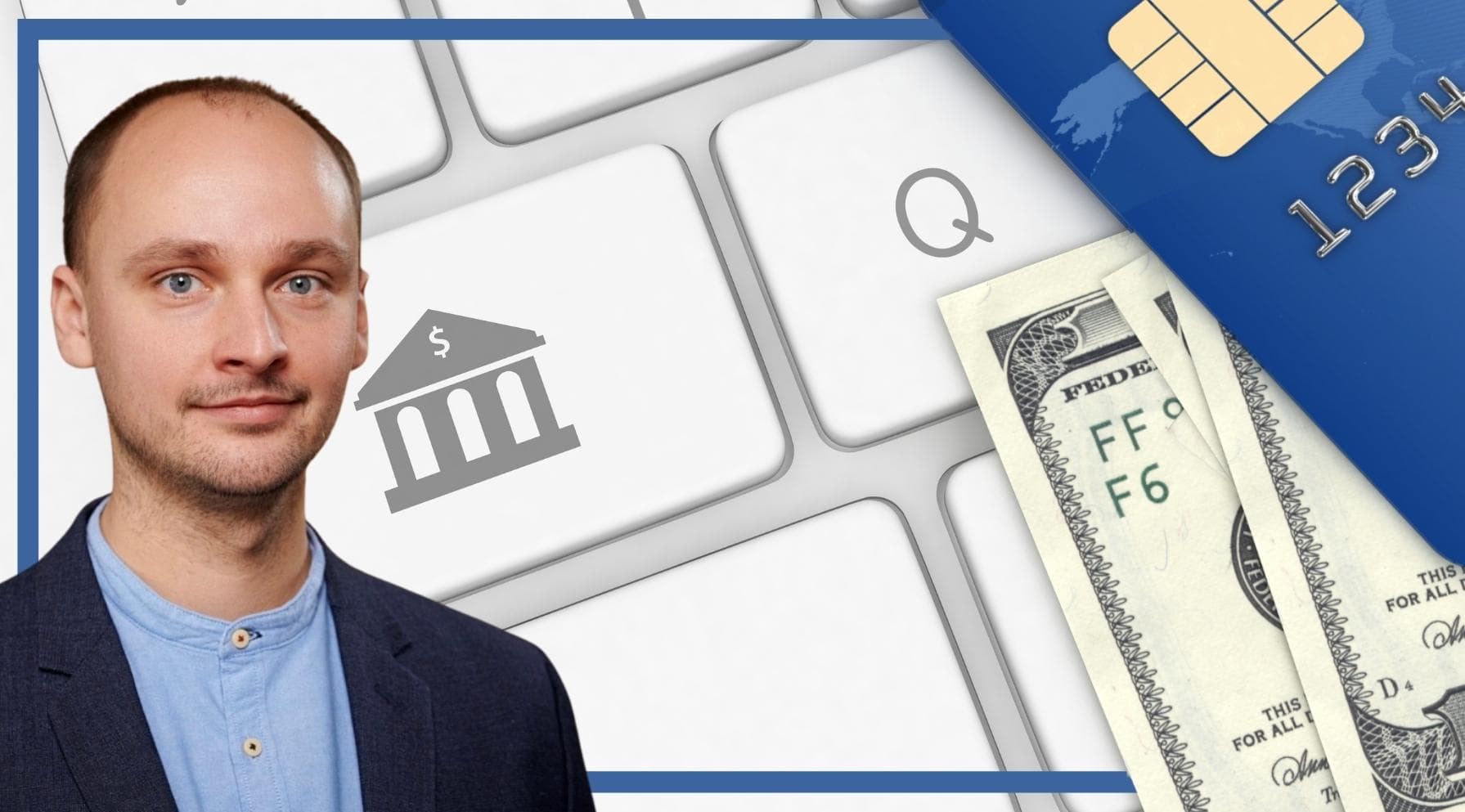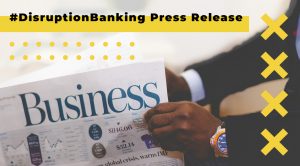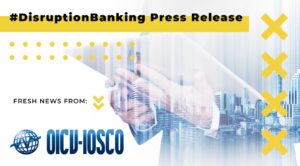By Rolands Mesters, CEO and co-founder of Nordigen
Financial services are moving into a new digitised era, aiming to keep up with the needs and expectations of the modern customer. To keep up with fintechs and their innovations, traditional banking institutions are also looking for ways to technologise their product offerings. One way some banks are approaching this is through Banking as a Service, or BaaS for short.
Essentially, BaaS is a business model where licensed banks embed their online banking services directly into the products of their non-bank partners. A typical BaaS example is a corporation providing their customer with white-label debit cards that are built off of existing technology of their partner bank, but offering specific benefits and loyalty programs related to the enterprise.
This is done through a process where banks authorise third parties to connect to their systems through application programming interfaces (APIs). Following the connection, the non-bank enterprise can start to offer their customers banking services without the need to acquire a licence themselves. These banking services can include lending and payments services, debit cards and digital wallets.
BaaS as a type of open banking
BaaS requires an API framework and open banking technology to function properly, and the growth of the practice is accelerated by the push and regulations of PSD2 and open banking. While these two practices have somewhat different goals, Banking as a Service is sometimes rightly viewed as falling under a type of open banking.
Open banking refers to sharing of financial information between banks and third-party service providers through APIs. An example of open banking is a personal finance management application that connects directly to customers’ bank accounts to aggregate all their financial accounts in one place and allow the client to manage and analyse their finances in one place.
The main difference between open banking and BaaS is what is being shared. Open banking enables the secure sharing of financial data of existing banking customers with third parties, while BaaS provides third parties with access to bank functionalities using the bank’s existing infrastructure. The third party can then build around this and offer their customers more services under their own brand.
Why banks turn to Banking as a Service
Banks fear losing customers in this new digitised world of financing, with over 80% of bankers in Fiserv’s study claiming that their work is threatened by fintechs. Capgemini’s World Retail Banking Report from 2021 highlighted the growing expectations of the customer and their shift to non-traditional finance services. They found that 70% of customers surveyed chose to opt for alternative and digital banking services due to lower fees, 68% made the transition because of superior customer experience and 54% noted speed to be a factor in the switch. With statistics like this consistently emerging and the pandemic further pushing services into the digitalised age through necessity, banks will inevitably turn to new innovative ways of bringing in new customers to secure their place among the rising fintechs.
With BaaS, banks also stand to gain more through commission fees of BaaS providers, adding revenue to their business. The two-way data communication channel can also help them gain more insights on customers and their financial habits, allowing them to continue to innovate and create more service offerings to meet their needs.
Partnering with companies that take over technological developments for the banks is another advantage that helps with cutting costs and enabling banks to continue advancing their services without additional input from their side. It is more feasible to build on existing products for both banks and partner companies, with 92% of respondents in a Future of BaaS Survey by Open Banking Expo and Equinix from 2021 stating that bringing out new products through BaaS partnerships is faster than building them in-house.
Birth of new business models
Open banking and BaaS are the future of banking services, and they are both pushing traditional financial institutions to accept innovation and collaborate with partners to help fuel their growth. Instead of remaining stagnant and reliant on old practices, securely sharing financial data and financial services will keep banks not only relevant, but also allow them to remain competitive and at the core of emerging new practices. The future of banking services relies on enhanced customer experiences and meeting client needs, which can be more successfully achieved through gaining client data through open banking.
With the combination of open banking and BaaS, new, evolved business models can emerge. Banks can connect with fintechs and partner platforms to not only share their bank’s functionalities but also share financial data both ways. Banks can gather a great amount of information on clients through partnerships and generate more in-depth customer profiles to facilitate the creation of new products that fit the needs of the emerging modern consumer.
New bank applications and software can be designed that utilise both existing infrastructures and technological developments built by fintech platforms. Those applications boost innovation and enhance the competitiveness of banks through collaboration rather than division.
Banks and fintechs can both address the issues that customers currently have with traditional banking services, such as slow speed and poor customer experience by building off of each other’s existing products to create new offerings combining the best of the two worlds. Banks and fintechs do not need to be competitors, instead they can work together through the power of open banking and BaaS to reach new heights and possibilities.
Author: Rolands Mesters
#Digitalisation #Fintech #BaaS #OpenBanking
About the author
Rolands Mesters is the CEO and co-founder of Nordigen, the only freemium open banking API that connects to more than 2,300 banks making it the largest network of bank connections in Europe. Rolands is a sales and growth hacker who is passionate about fintech and alternative lending. Nordigen began as a data analytics company that builds solutions for categorising and analysing bank account data. In December 2020, the company launched Europe’s first free open banking account data API. Rolands has been featured in the Forbes Latvia 30 Under 30 list as well as being featured in TechCrunch, Sifted, and the Financial Times. Rolands regularly shares fintech insights and analysis on open banking at top international fintech events, and is considered one of the foremost experts on open banking worldwide.















